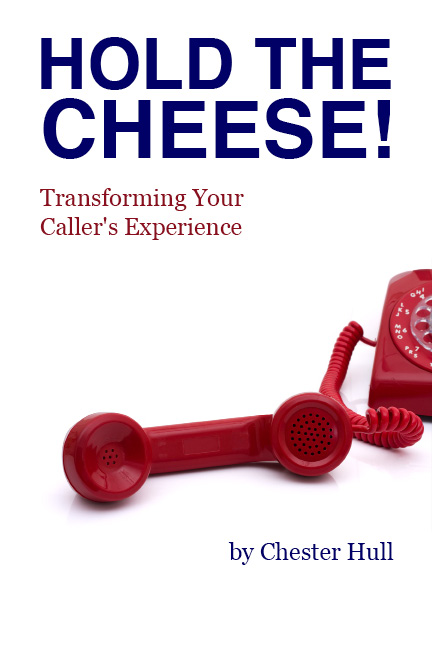 What’s more confusing…a poorly designed Auto-Attendant that leaves you to flounder around all by yourself, or one that is so poorly designed that the creator chooses to put roadsigns and instructions for how to navigate?
What’s more confusing…a poorly designed Auto-Attendant that leaves you to flounder around all by yourself, or one that is so poorly designed that the creator chooses to put roadsigns and instructions for how to navigate?
In this Part 2 of 10 in our series of posts looking at good Auto-Attendant design, we’ll explore that very question.
Melanie Polkosky‘s advice for this 2nd point is excellent! (From “The Hooptedoodle of Phone“)
2. Avoid verbal landmarks: They are annoying. People lack the energy or desire to simultaneously re-create a flowchart in their minds while marching through a phone system. The dialogue itself should get them where they need to go; if you need to create signs to get around, then your tree has become a forest, and you should expect people to get lost.
The visual flowchart that represents your Auto-Attendant design should look a lot more complex than your message sounds once it’s implemented.
“Service Menu…to make a service appointment, press 1. To check the status of a service, press 2…”
“Service Status Menu…enter your 34 digit service request code…”…and so on.
People know what they just heard that made them select that option, and they don’t need it to be repeated or even confirmed. We’re smarter than that! If you press 1 for service, you don’t need it to confirm that you went to the Service menu. It simply takes more time, and makes it a more frustrating experience!
So don’t use Verbal Landmarks in your Auto-Attendant. If you have them, remove them. It will streamline your greeting…allowing callers to get in, accomplish what they want, and get out, without adding frustrations!

 Facebook
Facebook LinkedIn
LinkedIn Twitter
Twitter



